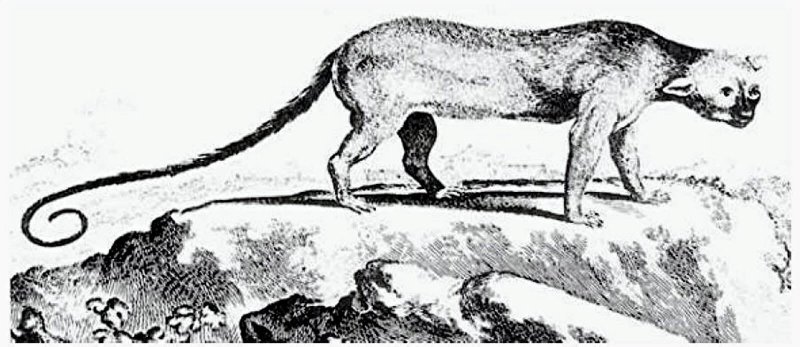For nearly 100 years, scientists haven’t been able to agree on the evolutionary origins of a strange, now-extinct monkey that lived and thrived in Jamaica for thousands of years. New research suggests its ancestors arrived from South America, and that life on this tropical island caused the species to acquire its odd set of features.
…
Living in Jamaica, Xenothrix [mcrgregori] did not have to contend with predators. It had weirdly rodent-like legs, relatively few teeth, and a body plan similar to the loris. This small monkey was likely a tree-dweller, moving slowly from branch to branch like a shrunken sloth (the researchers compare it in size to a capuchin monkey, which grows only 12 to 22 inches in length). This plethora of odd features led to questions about Xenothrix’s evolutionary roots.
…
New research published [November 12] in Proceedings of the National Academy of Sciences is now putting the history of this mysterious primate into clearer focus. Genetic analysis of four Xenothrix specimens found in Jamaican caves suggests it’s closely related to South America’s titi monkey. These creatures likely arrived to Jamaica by clinging to rafts of floating vegetation.
…
“Ancient DNA indicates that the Jamaican monkey is really just a titi monkey with some unusual morphological features, not a wholly distinct branch of New World monkey,” [said researcher] Ross MacPhee.
Read full, original post: Mysterious Origin of Extinct Jamaican Monkey Solved With DNA Testing































